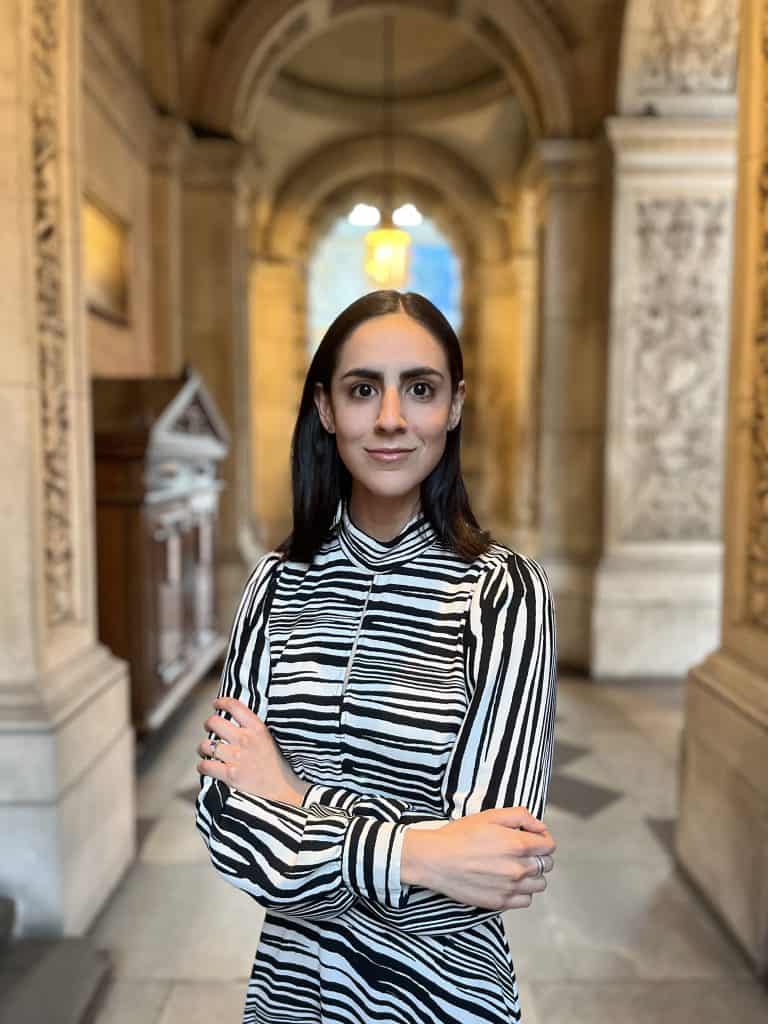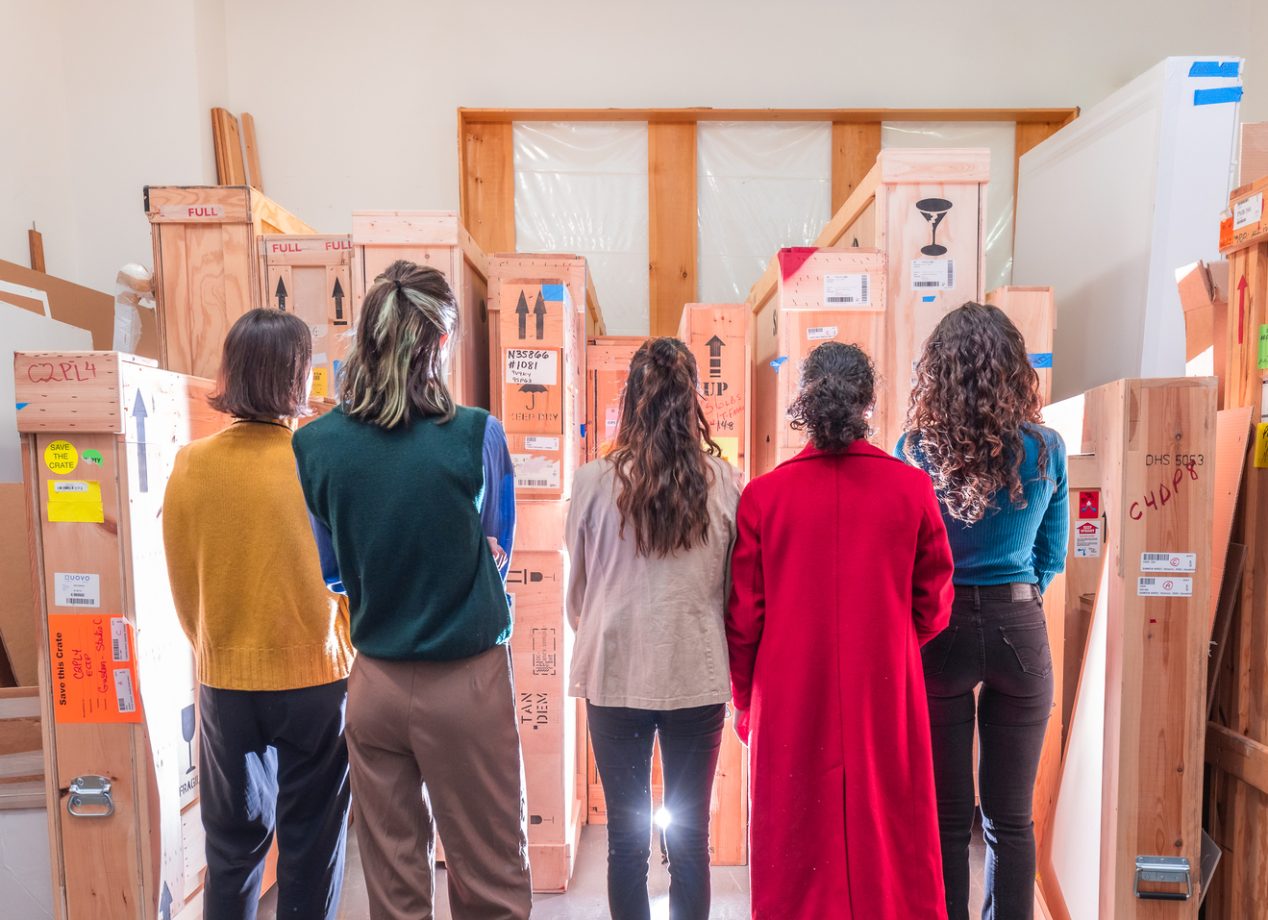Field study trips are a key aspect of master’s programs at Sotheby’s Institute of Art, providing students with a first-hand look at the art world and an opportunity to network with peers, professors, and industry professionals. MA Contemporary Art student Almudena Vallarta Uribe recounts her program’s recent trip to Brussels, where her class explored a selection of private art collections, museums, and foundations.

Can you walk us through your recent field study trip to Brussels? What were some standout parts of the trip?
Our recent field study trip to Brussels started bright and early at St Pancras International and after only a few hours on the train, we arrived in sunny Brussels. After checking in at the hotel and having lunch, we all met at the Vanhaerents Art Collection, where collector Mr. Joost Vanhaerents led a fascinating tour of his family’s artworks. Mr. Vanhaerents gave us a detailed and engaging tour of their new exhibition, which was inspired by the Chinese calendar and astrology, particularly by the zodiac sign of the dragon. Some of the artists in the collection included Franz West, Gillian Wearing, Ugo Rondinone, and Gilbert & George, among others. The collection was located at an incredible space designed by the Belgian architecture firm Robbrecht and Daem. It was truly impressive! An excellent start to our week in Brussels.
The second day was dedicated to the Bozar Museum, Wiels Contemporary Art Center, and Galerie La Patinoire Royale Bach. Each of these visits was introduced by our professors and by curators of the exhibitions, leading to interesting discussions that continued as we walked through the spaces. One of the highlights for me was The Archaeology of Beasts, Monira Al Qadiri’s exhibition at Bozar. As part of the Professional Practice component of the MA Contemporary Art program, my team and I spent several weeks developing an exhibition proposal based on her work. It was really insightful to see her work in person and experience how an exhibition of her pieces is curated and installed by the team of such a renowned institution.
The third day involved an early bus trip to Eindhoven in The Netherlands, where we visited the Van Abbemuseum. This institution was particularly interesting because it provided a fresh and unexpected perspective on how art can be experienced. The artworks were accompanied by multi-sensory tools, such as scent interpretations and tactile drawings. For the first half of the visit, we freely explored the exhibition and for the second, we were divided into groups and presented our observations on different artworks. This activity sparked many thought-provoking discussions and inspired everyone to participate.
For our final day in Brussels, we went to CIVA, CAB Foundation and Argos. CIVA, the Center for Information, Documentation and Exhibitions on the city, architecture, landscape and urban planning in the Brussels-Capital Region, was my favorite visit of the trip. The exhibition, Pre-Architectures, connected deep historical reflection with urgent contemporary concerns and offered a framework to rethink architecture. The museum’s bookstore was also incredible.
Were there any particular artists, exhibitions, or galleries that left a strong impression on you?
Yes, the works by the Cercle d'Art des Travailleurs de Plantation Congolaise (CATPC) at the Van Abbemuseum. These works engaged with the museum’s collection to examine colonial histories and the museum’s founding ties to plantations in Indonesia. Our group discussions allowed us to relate these works to themes from our Colonial Theory lecture, leading to some truly insightful discussions.
In what ways did this field study help you build upon your academic studies at Sotheby’s Institute?
Connecting what we learned in lectures to the exhibitions and artworks was a valuable and enriching experience. It gave us the confidence to actively participate in group discussions. I also feel that engaging with diverse artworks and institutional contexts contributed significantly to our understanding of the structures and dynamics within the art world.
What motivated you to pursue a master’s degree at Sotheby’s Institute?
My passion for contemporary art and my interest in exploring theoretical perspectives were major motivations for pursuing this degree. I was also drawn to the program’s emphasis on study trips abroad and regular visits to museums, galleries, and foundations across London.
What advice do you have for future Sotheby’s Institute students?
I would recommend keeping an open mind and taking every opportunity to explore exhibitions—it’s one of the best ways to learn.
